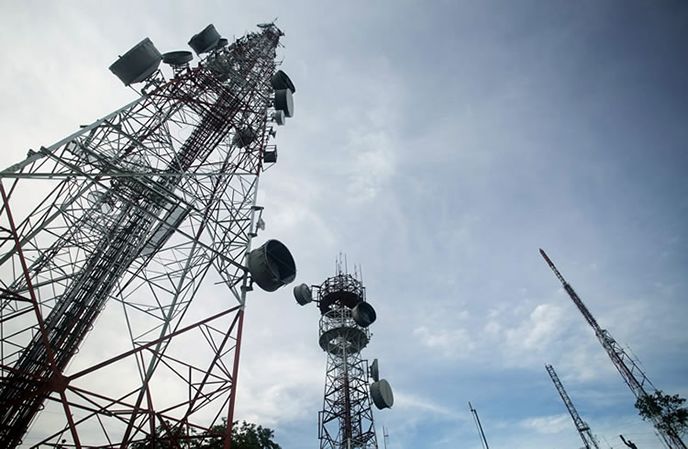What is 4G?

4G is all the rage these days and at this point most people probably know that it’s faster than 3G, but there’s a whole lot more to it than that. So for a rundown of all the benefits, how to get 4G, exactly how fast it is and what the future holds read on, because we’ve got an easily digestible guide to everything you need to know.
What is 4G?
4G is the fourth generation of mobile phone technology. It follows on from the existing 3G (third generation) and 2G (second generation) mobile technology.
2G technology launched in the 1990s and was capable of making digital phone calls and sending texts. Then 3G came along in 2003 and made it possible to browse web pages, make video calls and download music and video on the move.
4G technology builds upon what 3G offers, but does everything at a much faster speed.
What are the benefits of 4G?
The benefits of 4G fall firmly into three categories. These are:
- - improved download/upload speeds
- - reduced latency
- - crystal clear voice calls
Improved download/upload speeds
Standard 4G (or 4G LTE) is around five to seven times faster than 3G, offering theoretical speeds of up to around 150Mbps. That equates to maximum potential speeds of around 80Mbps in the real world (though even getting speeds that high is rare, and generally requires something like EE’s ‘Double Speed’ or BT Mobile’s ‘Extra Speed’ service).
With standard 4G you can download a 2GB HD film in 3 minutes 20 seconds on a standard 4G mobile network, while it would take over 25 minutes on a standard 3G network.
However, a new even faster version of 4G is already available in many parts of the UK called 4G LTE-Advanced (also known as LTE-A, 4.5G or 4G+).
This offers theoretical speeds of up to 1.5Gbps, but the current crop of LTE-A networks have a maximum potential speed of 300Mbps with real world speeds falling a lot lower. EE has brought LTE-A to Greater London (calling it 4G+). You can expect consistent 4G+ coverage across London and the network is now working on bringing it to other cities, including Liverpool, Manchester and Birmingham. These places and many other towns and cities now have partial LTE-A on EE.
EE isn't the only network with LTE-A though, as Vodafone has also brought it to London, Birmingham and Manchester.
Most recently, Three has launched a 4G+ service of its own, promising average speeds that are 15% to 33% higher where available. The network hasn’t provided a full list of 4G+ locations but has said that it’s been launched in high-demand cities such as London, Birmingham, Cardiff, Edinburgh and Glasgow. You’ll know it’s working where you are if you see a ‘4G+’ symbol on your phone.
You can expect the availability of LTE-A to increase in the coming years and speeds could get faster still. For example, Ericsson has developed technology which could allow for peak real-world 4G speeds of 1Gbps, though this won't likely be available for a while if at all.
Then there’s 5G, which is already being developed and there are aims to start rolling it out in 2019 and deliver drastically faster speeds than you could ever hope to see on 4G. Current estimates put download speeds over 5G at anything from 1-10Gbps.



4 Comments
Nice content...
ReplyDeleteWaah...
ReplyDeleteKnowledgebl
ReplyDeleteDhanyawaad..
Delete